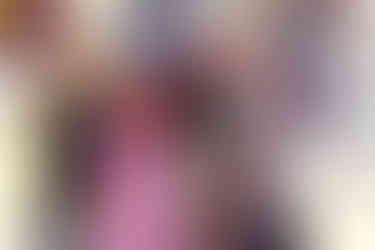THE MANY MOODS OF PUSHKAR
- moonlitandco
- Apr 8, 2021
- 3 min read
By Natascha Shah
Where camels, colours and culture all come together

Pushkar has its origin in Sanskrit which means 'Blue Lotus'. A lotus dropped in a lake by 'Brahma' the Hindu lord of creation. With time a town with milky blue exteriors mushroomed around the lake. Numerous conquests by the Mughals and Marathas catalysed the colonisation process. Like any other water body this lake too held great devotional value with the Hindus. As word of mouth spread more and more people with unanswered questions and immense faith came from all parts to take a dip in the lake and cleanse their souls of all the sins accumulated. And as they left their belief got reinforced. With 52 ghats and over 500 Hindu temples around its precincts the Pushkar lake is home to one of the largest religious gatherings in India during ‘Kartik Poornima’ that is the first full moon night after the Hindu festival of Diwali.
During this time the city also hosts the annual Camel fair. Cattle traders, breeders and enthusiasts from across the globe come to witness this extravagant carnival. Camels occupy the centre stage during the fair. Beauty contests, races, dances and other sporting events are organised in which camels participate. The owners start their preparation a month or two in advance to win the title and the prize money.
Visitors can try their hands at tug of wars and feet in bout of musical chairs with the locals. The locals do not hesitate an inch before giving a tough run for the money. Many other things taking place in the fair will surely grab your eye balls. A boy selling bangles in Spanish, a 7 year old who will trick you with his magic, minting coins out of thin air and disappearing dollar notes under steel bowls. You will find girls with earthen pots on their heads balancing on tight ropes. And snake charmers or the ‘Kalbelias’. The ‘Kalbelia’ is a nomadic tribe of Rajasthan famous from their snake catching and charming abilities. They perform and dance on stories and songs borrowed from folklore and mythology. The Kalbelia dance is a matter of pride as well as a marker of their creative adaption.
As the sun sets the streets the footfall increases and the fair brims with more zest and zeal. There is a whole lot which the fair offers for gastronomy with ‘Dal-Bhati-Choorma’ being the top seller. You will have no problems finding ‘Gol-gappas’, cotton candy and local food stalls. Fun rides like the Ferris wheel which is the best bet for a bird’s eye view of the whole fair, Columbus which will make you scream like witches, and bumper cars are a great stress buster and they are cheaply priced.
The streets are Pushkar are the best place for some late night sauntering. Most shops are open until mid-night during the festive season so put your best bargain on. Pushkar also has a wide variety of eateries and restaurants. Indulging in Israeli cuisine was my best take away from Pushkar.
Not to miss is the Savitri Mata Temple situated at a height of 200 meters and 500 plus steps from ground. One can take the rope way/cable car to the top and back or hike till the top which for a healthy fair of knees and lungs takes around 30-40 minutes. This is the place for sunsets you would want to by heart.
Alcohol and non-veg consumption is prohibited in the holy town of Pushkar. One can ride ride to Ajmer which is 15 away from Pushkar. Ajmer is also home to the dargah of Moinuddin Chishti, known as Ajmer Sharief Dargah. The dargah holds deep religious significance.
Pushkar is well connected via road from Delhi as well as Mumbai. The nearest active railway station is in Ajmer while one can also take direct flights to Jaipur from most cities in India.









Comments